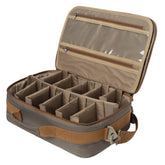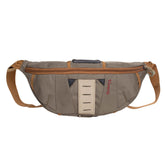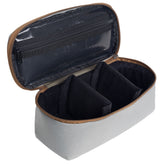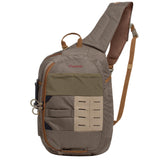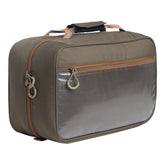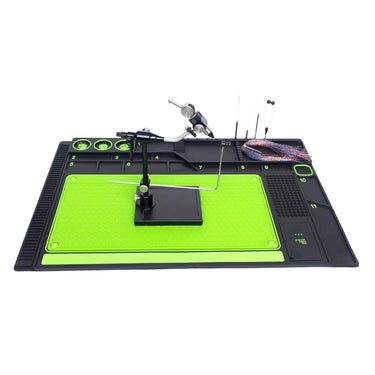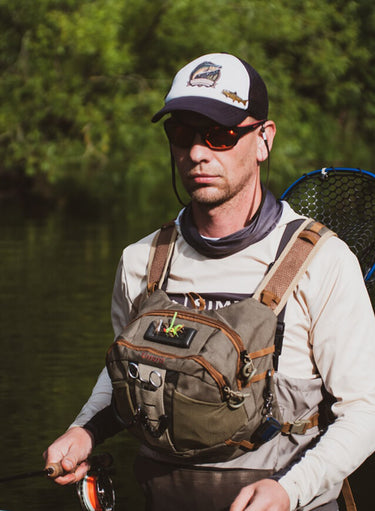Flies: The Best Euro Nymphing and Tactical Nymphs for Trout and Bass Fishing
Nymphing is a highly effective technique in fly fishing, particularly when targeting species like trout and bass. Choosing the right flies can significantly enhance your success on the water, whether you’re utilizing euro nymphing methods or more traditional approaches. By understanding the specific nymph patterns that work best in your local waters, I can elevate my fishing game.
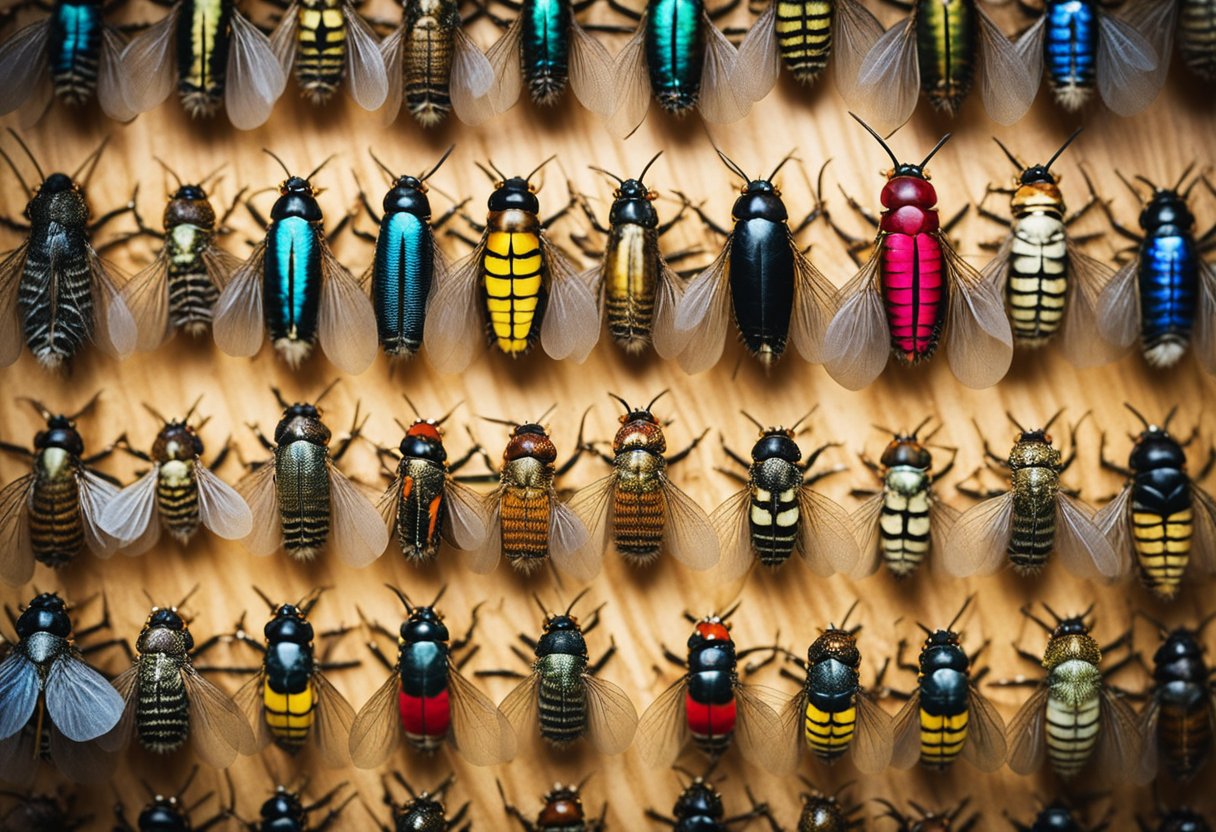
In this blog post, I will explore the essentials of euro nymphing flies and highlight the best tactical nymphs to use for trout and bass fishing. With my own experiences and insights, I aim to offer valuable recommendations that can make a difference in your catch rate. This knowledge will not only help beginners but also refine the skills of seasoned anglers looking to adapt their strategy.
The art of selecting the best nymphs involves not just knowing what flies to use but also when and where to use them. Each body of water has its unique characteristics, and by fine-tuning my fly selection, I can increase my effectiveness while fishing. I look forward to sharing these insights and tips to help you succeed in your fly fishing endeavors.
Fundamentals of Nymph Fishing
Nymph fishing is an essential technique in fly fishing, focusing primarily on replicating the underwater life of aquatic insects. Understanding the equipment and techniques involved can significantly enhance my success on the water.
Understanding Fly Line and Sensitivity
The choice of fly line is critical for effective nymph fishing. I prefer a weight-forward floating line for better control. This allows for easier casting and managing line on the water's surface.
Sensitivity is vital in detecting subtle strikes. A thinner line can improve my sensitivity but may require more skill to manage. Using a leader that is too heavy can inhibit feel, so I opt for a tippet that balances strength and invisibility.
A good rule of thumb is to match the line weight to the nymph's size and the water conditions. Maintaining a direct line to my fly increases sensitivity, allowing me to respond quickly to strikes.
The Role of the Bobbin in Nymphing
The bobbin plays a crucial role in managing my line while nymph fishing. It allows me to hold my line at the correct angle and tension, crucial for tight line nymphing.
When fishing in fast water, I adjust my bobbin to minimize slack, which ensures my nymph is near the bottom where fish tend to feed. A well-managed bobbin facilitates quick adjustments when detecting strikes.
Additionally, I often incorporate a strike indicator for increased visibility. It serves as a helpful tool to track my nymph’s position and enhances my ability to detect subtle bites.
Strike Detection Techniques
Effective strike detection is a skill I continuously develop. One technique is observing the bobbin and watching for slight movements, indicating a fish has taken the fly.
Using a strike indicator can also be beneficial. It provides visual feedback that some anglers find easier to read. However, if I choose to go without one, I focus on keeping a tight line and watching for any changes in the rod tip.
Another approach is the "feel" method, where I pay attention to my line's tension. If it goes slack or feels different, it often indicates a fish is interested. Developing this sensitivity requires practice and can be the difference between a successful catch and an uneventful day.
Euro Nymphing Strategies
When employing Euro nymphing techniques, precision in technique and fly selection is crucial. I focus on three main areas to enhance my success: understanding the technique, controlling the fly drift, and selecting the right flies.
Essentials of European Nymphing Technique
The core of Euro nymphing lies in the ability to detect subtle bites while keeping my line tight. I prefer a longer rod, typically between 10 to 11 feet, which helps me manage line control and reach deeper water.
A key aspect of this technique is the use of a thin, relatively buoyant leader to enhance sensitivity. This allows me to feel the lightest taps from fish. I also utilize a high-visibility indicator to help spot strikes quickly. This setup enables me to effectively fish in varying depths and currents.
Drift Control and Fly Presentation
Controlling the drift is essential for presenting nymphs naturally. I aim for a dead drift that mimics the way nymphs drift downstream. To accomplish this, I keep my rod tip low and my line taut to minimize drag.
Using a front-heavy rig, often with additional weights, allows for better control of the fly’s position in the water column. I make adjustments by mending my line as needed and watching the indicator closely for any movement. Proper presentations keep the nymphs in the feeding zone longer, increasing my chances of success.
Selecting the Right Euro Nymphs
Choosing the right flies is vital in Euro nymphing. I often select patterns that imitate local aquatic insects, such as mayflies and caddis. When targeting trout, I favor small sizes, typically ranging from 14 to 18, as they tend to be more effective in enticing bites.
Using heavier nymphs helps to achieve the desired depth quickly, especially in fast water. I consider colors and weights, opting for realistic patterns in natural hues. This careful selection ensures that my nymphs effectively match the current hatch, maximizing my opportunity for a catch.
Mastering Nymph Selection
Choosing the right nymphs is crucial for successful fly fishing. By understanding specific patterns and their effectiveness for different species, I can enhance my fishing strategy considerably.
Effective Flies for Trout Fishing
When targeting trout, I rely on nymphs that mimic the natural food source. A few standout patterns include:
- Pheasant Tail Nymph: This fly replicates a wide range of aquatic insects and is effective in various conditions. Its realistic appearance and subtle movement attract trout well.
- Hare’s Ear Nymph: With its fuzzy body and varied coloration, this nymph is excellent for imitating immature mayflies and stoneflies.
- Hauser Nymph: An lesser-known option, this fly is particularly effective in fast currents.
I often adjust my weights and sizes to match the conditions, focusing on depths where trout are most active.
Optimal Nymphs for Bass
Bass require different nymphs compared to trout. The best options include:
- Woolly Bugger: This versatile fly can represent larger prey and is effective in both still and moving water.
- Clouser Minnow: Though primarily a streamer, its nymph-like movement can attract bass, making it a tactical choice.
- Euro Nymphs: Patterns that incorporate beads for extra weight allow for better penetration in deeper water, where bass often lie.
Experimenting with color schemes and weights helps in finding a successful approach for bass fishing.
Spirit River and Pheasant Tail Nymphs
The Spirit River nymphs have gained popularity for their effectiveness and realistic patterns. Their construction often includes:
- Weighted Bodies: This feature allows them to sink quickly, reaching deeper waters where fish rest.
- Natural Materials: Utilizing materials like Hungarian partridge or peacock herl enhances realism.
Combining the Pheasant Tail Nymph's design with various weights from Spirit River provides a solid arsenal. The combination of these nymphs allows me to adapt to changing conditions in the water, improving my chances of a successful catch.



